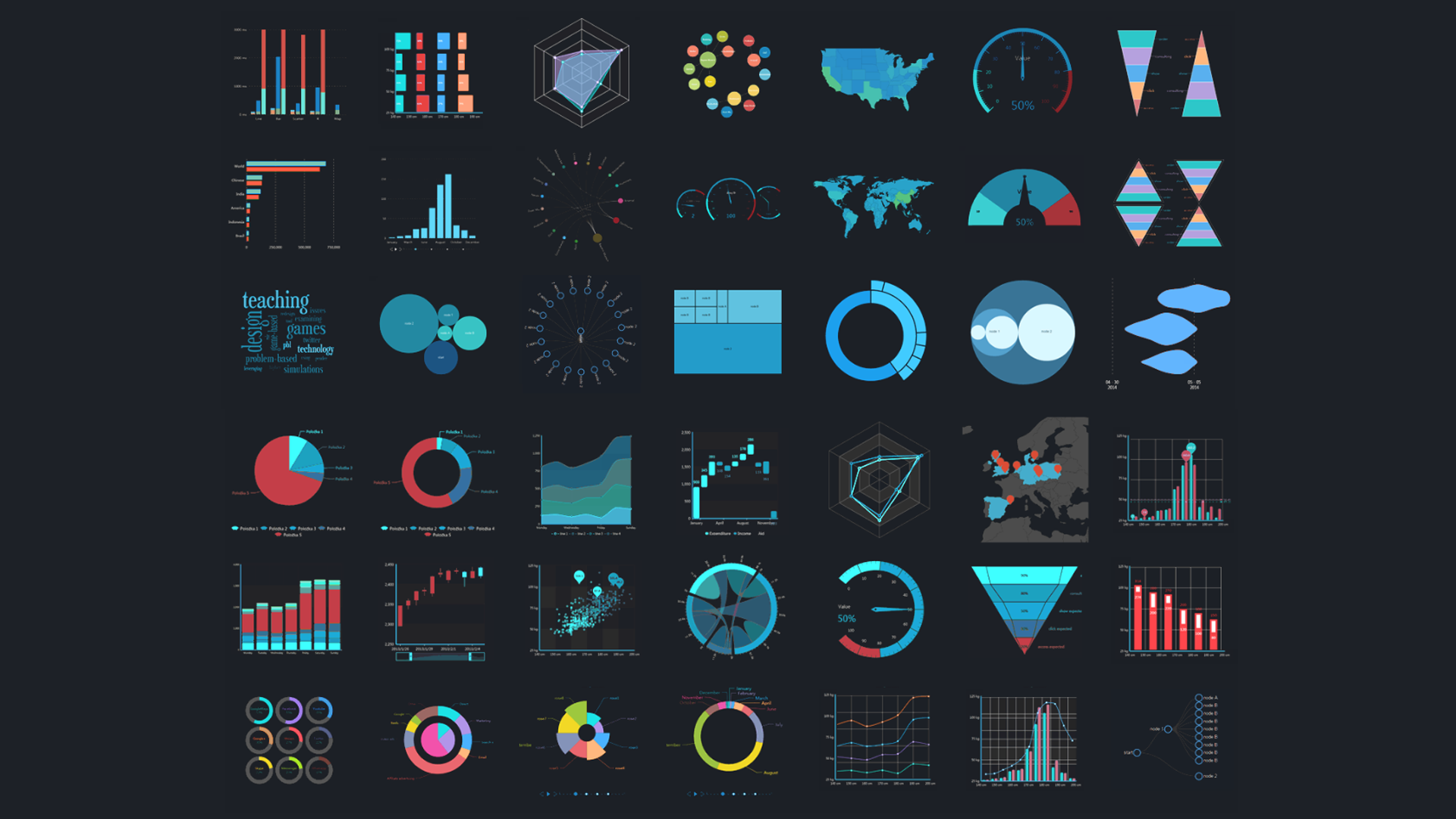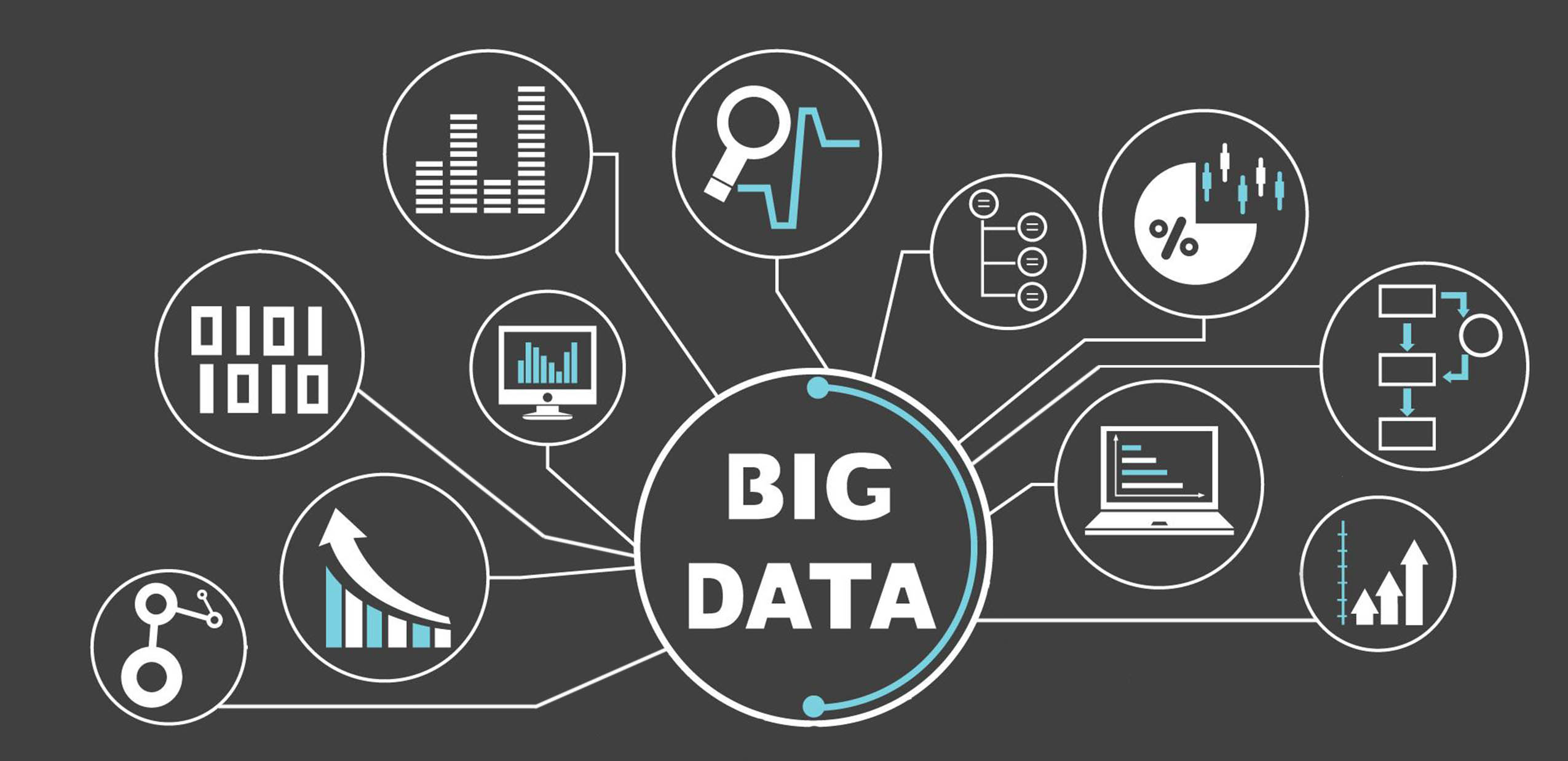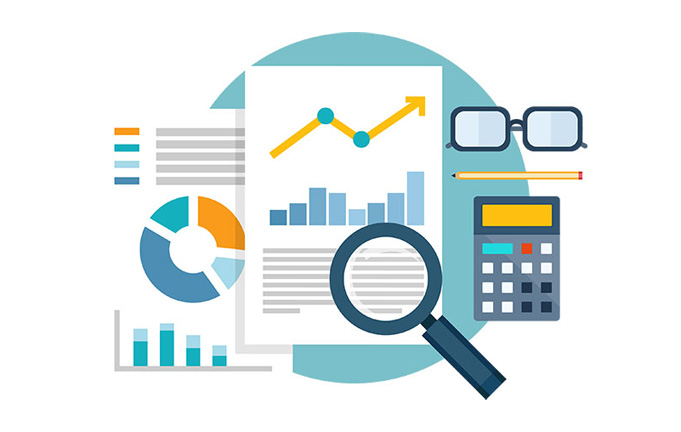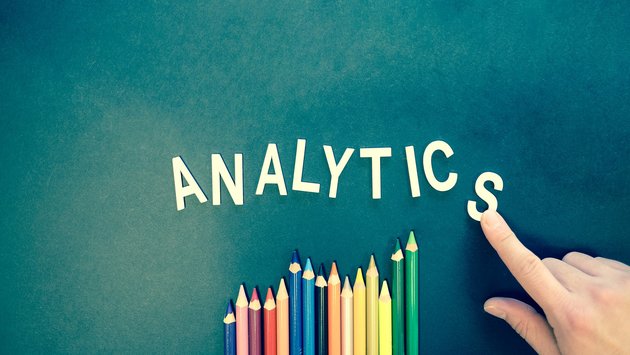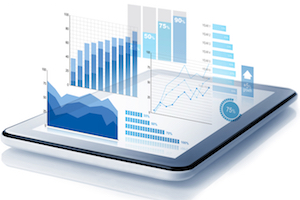BI tools take all the data that a business collects, and puts it all in one place so that it can be analyzed and visualized as a whole. Data analysts can take data from one tool and directly compare and analyze it with data from another tool. This allows businesses to get a holistic view of their business data.
However, there are some challenges that can get in the way. Businesses usually can't use the data that they collect in its raw form. Raw data is bad for analysis, since it has all sorts of flaws, inconsistencies, and other problems that affect its accuracy.
Data analysts have to change, reformat, and edit their raw data so that it can be used for analysis. This process is called data transformation, and it's an important step in the data process.
There's additional complication in the data transformation process when a business has to combine data from different sources. In a BI tool, this means that data analysts almost always need to do this extra work.
When data comes from two or more different sources, it needs to all be changed to fit a standardized format so that the data can be compared and analyzed together effectively. Usually, this doesn't mean the overarching meta-formatting of the data has to be changed. Data standardization is far more commonly about changing the way specific data points are expressed so that all information is expressed in the same way.
In practice, this means that data standardization is about changing things like abbreviations or phone numbers, so that they're always expressed in the same format. This may not seem like a very important step of the process, but it's essential for the proper analysis of complex data sets.
Businesses need to implement a consistent, far-reaching data standardization scheme so that all of their data is expressed in the same way. This way, they can be sure that their data always says the same thing and that it can all work together well.
Why do data standardization?
In data standardization, analysts reformat and restate different kinds of data points so that they're more consistent with other data that the business has already connected. This way, businesses can compare their data sets directly instead of trying to navigate all sorts of different schemas for expressing data.
These data points usually are things like abbreviations, addresses, and phone numbers. They're things where the core meaning of the data point doesn't change, even though the data can be expressed in multiple different ways.
For example, one data set might express state names in an abbreviated way, while another might write the names out completely. While this may not seem like it should be a massive deal, most BI tools aren't able to figure out that 'California' and 'CA' represent the same information.
This causes all sorts of problems when data analysts start working on the data. First, it makes querying the data much harder. If a data analyst queries their data set by searching for the entry 'California', they'll only get results that have that string. They won't get any results that use the string 'CA'. This means they'll have to do another query to get that data, or else some of the data will get left out of their query.
Second, it makes it difficult to analyze the data properly. If an analyst wanted to take the average of all the sales made in California, that average wouldn't be useful if it just analyzed the 'California' data and not the 'CA' data as well. State names are just a clear example; there are tons of different ways this can happen, and many situations where the same information might be expressed five or six different ways.
Sometimes, the issue is less with how the data is expressed, and more with how the data is structured. Many tools structure the same sorts of data in different ways, and this can affect how the data can be combined, analyzed, and visualized.
For example, many different tools have different ways for structuring address data. In some tools, each section of the address is stored in its own structured column, while in others, the whole address is stored in one column or different sections are combined.
Businesses have to standardize this structure across tools, not only so that the data is easier to query and analyze, but also so that the data is easier to join. Trying to join data sets that structure the same data differently is a headache, and it's easier to standardize the structure beforehand.
Simply put, if data isn't standardized, it can't be effectively used to drive insight. This is especially true when combining data from many different sources at once, sources that use multiple different kinds of structure and expression.
Tips for standardizing data
Businesses that want to use data from many different sources need to figure out a strategy for data standardization. They can't just change things ad-hoc and hope that it always works out for the best. They need to outline consistent rules for combining and reformatting data so that everything works together correctly.
It's fairly common for businesses to know that they need to standardize data across multiple data sets, but not bother with outlining company-wide standardization rules. This leads to a lot of reformatting which works for that specific situation, but isn't consistent at all business-wide.
Businesses need to set up consistent rules, so that the same data gets expressed and structured in the same way every time. This approach ensures that every data set can combine with every other data set easily, without any additional standardization.
How can businesses implement data standardization schemes, and make sure that their employees actually follow them? Even though it's a complicated topic, it's not as hard as it seems to build out these rules and make sure they get followed.
First, data standardization isn't something that the average employee should be worried about. It's exclusively the domain of those who transform data and build out data sets. Since this is a more technical job, not everyone has to know these standardization rules.
Businesses don't need to worry about training their entire workforce on these rules, they just have to train their data analysts and BI experts. This saves a lot of time and expense.
Second, it's not hugely important what the rules are, just as long as they're consistent. A lot of these data standardizations, like making sure everything is abbreviated the same way or that phone numbers are all formatted alike, are unimportant from a data science perspective.
It doesn't matter if a state is written 'California' or 'CA', since by definition, they mean the same thing. A business will get the same sort of results whether or not they standardize around the full name or the abbreviation.
In most cases, all that matters is that the data is all the same, so it can be effectively used for analysis. This means businesses don't really have to agonize over the 'right' way to standardize something. No matter how they do it, it'll generally be fine.
Third, it's important to cultivate a culture where those doing the transformations are comfortable asking for clarification if they're unsure of how to standardize something. It's much more preferable that someone ask for guidance than do it wrong, but not every company's employees are comfortable doing that.
Lastly, it's often helpful to standardize all the information in a data set before that data set is combined with other data sets. This way, data analysts don't need to worry as much about standardizing their data when they actually do the ETL for a given data set.
Data standardization - the key to data success
Data standardization is an important part of the data transformation process. It's how data analysts make sure everyone is talking about their data in the same way, using the same sorts of formatting, structure, and expression.
Without proper data standardization, businesses can't effectively search their data, they can't effectively do analysis, and the rest of the data transformation process is far more difficult. It's important that businesses standardize their data correctly, so that everything can communicate.
Businesses need to make consistent data standardization rules a priority. This way, everyone is on the same page as to what needs to be changed and how, and there's no confusion.



